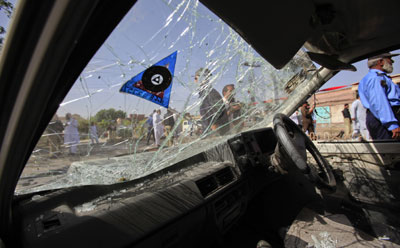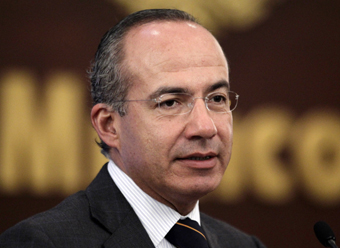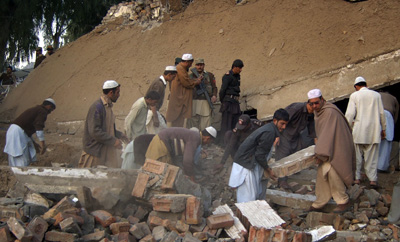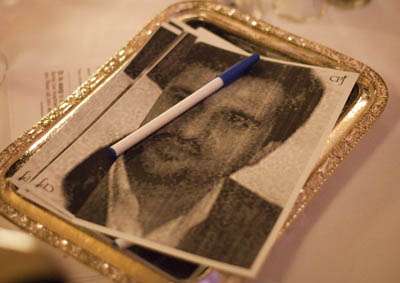French journalists released in Afghanistan
New York, June 29, 2001–The Committee to Protect Journalists welcomes reports from the French government that journalists Hervé Ghesquière and Stéphane Taponier and their interpreter Reza Din have been released after more than 18 months in captivity. CPJ is seeking further news about the group’s fixer and driver, known as Ghulam and Sattar, who were…
In Afghanistan, religious threat to media intensifies
New York, June 7, 2011–The Committee to Protect journalists is disturbed by the June 1 declaration by Afghanistan’s Ulema Shurab, or the Council of Religious Scholars, criticizing two media outlets, Hasht-e-Subh Daily newspaper and Tolo Television, for what it reportedly called “immorality” and “animosity against Islam,” according to Afghan media owners. The council is a…
Threats, security in Afghanistan: Some responses
Last Friday’s post, “After bin Laden, a warning to foreign journalists,” generated several responses from Western journalists in Kabul. I also did two lengthy interviews on Monday with the U.S. government-funded broadcaster Voice of America, and fielded questions from several other news outlets.

After bin Laden, a warning to foreign journalists
Security is always risky in Kabul, as it is in the entire Afghanistan-Pakistan theater. But the May 2 U.S. raid into Pakistan and killing of Osama bin Laden has raised the risk of retaliation against international representatives, including journalists.
Attacks on the Press 2010: Asia Analysis
Partisan Journalism and the Cycle of Repression by Bob Dietz and Shawn W. Crispin Lal Wickramatunga’s family and publishing house, Leader Publications, have paid dearly in Sri Lanka’s highly charged political climate. While Leader’s newspapers, including the weekly Sunday Leader, are widely known for tough, independent reporting, they have been caught up in a partisan…
Attacks on the Press 2010: Afghanistan
Top Developments • Two killed, but press fatalities don’t rise in proportion to overall dangers. • Kidnappings an ongoing hazard; two French journalists held captive. Key Statistic 13: Foreign journalists killed in Afghanistan since the 2001 U.S. invasion. Journalists faced numerous challenges from a multifaceted war, instances of government censorship, a culture of official corruption,…
Prominent Afghan reporter attacked with acid
New York, January 19, 2011–The Committee to Protect Journalists is greatly concerned about the acid attack on Afghan journalist and author Razaq Mamoon, which left him disfigured. Local and international media reports say Mamoon was attacked as he was walking outside his apartment in Kabul on Tuesday evening.


